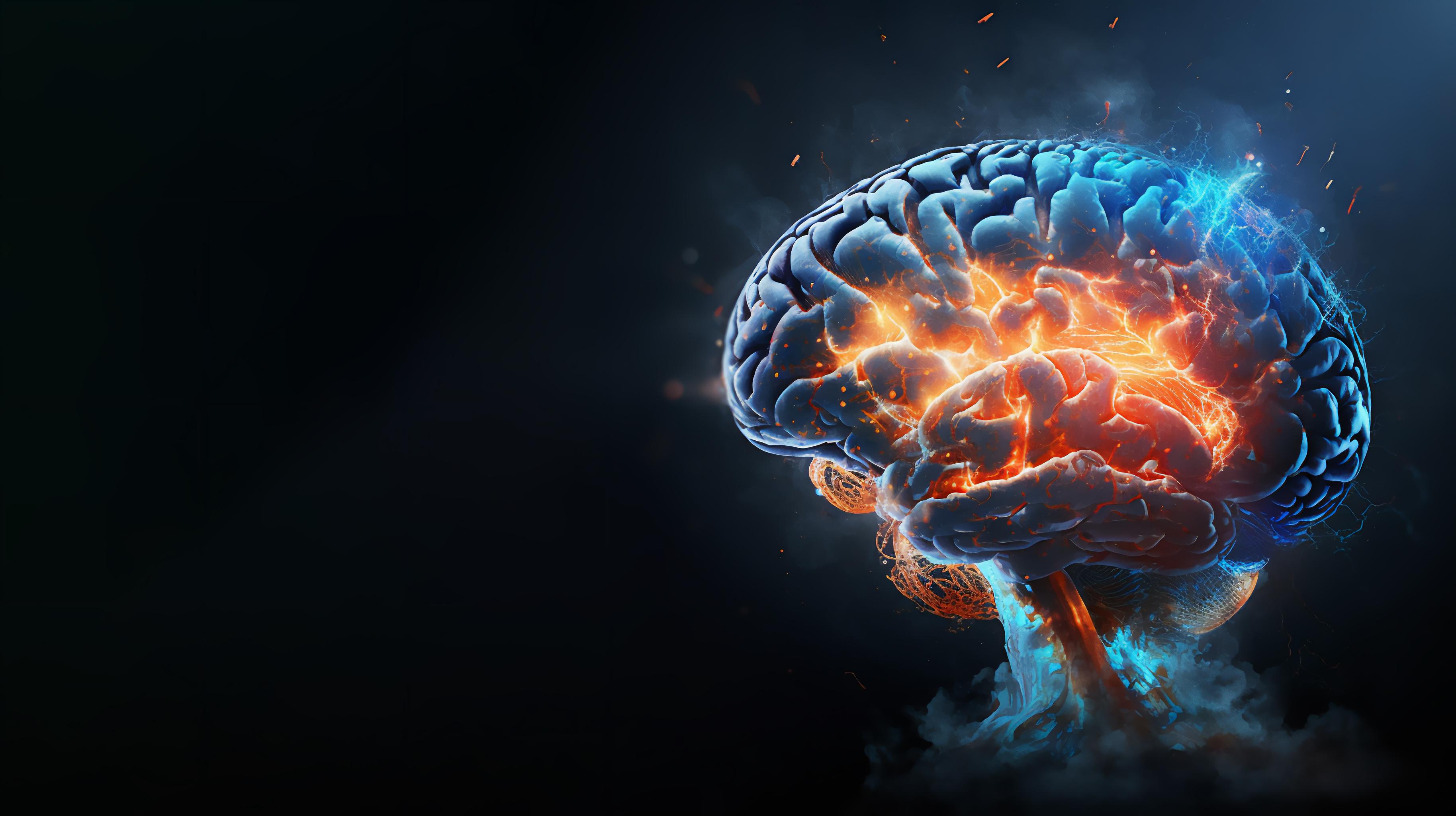Multiple sclerosis (MS) is an autoimmune disease of the central nervous system that manifests itself differently in different people. Despite everything, “push” corresponds to a very precise definition.

- MS is an autoimmune and neurodegenerative disease: “the defense system supposed to protect the patient from external attacks, turns against its own cells and attacks them for reasons that are still poorly understood,” explains Inserm.
- It causes lesions called plaques, and depending on the area of the brain or spinal cord affected, different symptoms may appear (motor disorders, balance problems, visual symptoms, etc.).
- Flares are the clinical expression of the inflammatory activity of the disease. They are characterized by the appearance of new symptoms or the worsening of already existing symptoms, for more than 24 hours and outside a period of fever.
Multiple sclerosis affects around 120,000 people in France, with women being three times more affected than men. This autoimmune and neurodegenerative disease is the leading cause of severe non-traumatic disability in young adults, according to Inserm.
What is multiple sclerosis?
“Multiple sclerosis (MS) is an autoimmune disease: the defense system supposed to protect the patient from external attacks turns against its own cells and attacks them for reasons that are still poorly understood.”, details the National Institute of Health and Medical Research. More precisely, autoimmune mechanisms attack the myelin sheath which surrounds the axons (extensions of nerve cells allowing nerve impulses to be transmitted to target cells) of the central nervous system. This causes lesions called plaques, hence the name multiple sclerosis. “The term sclerosis is historical and proves to be unsuitable”, specifies Inserm.
MS: symptoms vary depending on the patient
These lesions of the central nervous system cause different symptoms, which vary greatly from one individual to another. They may include:
-motor disorders linked to muscular weakness which can affect the upper and/or lower limbs, reducing the possibility of walking;
-sensitivity disorders characterized by numbness, tingling, pain, etc.;
-visual symptoms: decreased visual acuity or double vision;
-balance and coordination problems, dizziness;
-urinary and sexual disorders
-cognitive disorders: difficulties with attention, concentration, memory, etc.
Symptoms also change over the course of the patient’s life. “They depend on the area of the brain or spinal cord affected by the lesions.“Relapses are the clinical expression of the inflammatory activity of the disease.
Flare-up: new symptoms that last more than 24 hours apart from a fever
In general, it is after an initial attack and the MRI examination that the diagnosis of multiple sclerosis is made. And for good reason, in 85% of cases, the disease begins in the “remitting” form, that is to say the form evolving in outbreaks. “It is the appearance of new symptoms or the worsening of already existing symptoms, for more than 24 hours and outside of a period of fever. Two separate outbreaks must be separated by at least 1 month, explains the Multiple Sclerosis Research Foundation (ARSEP). Most often, in multiple sclerosis, a flare-up sets in within a few days or even hours and lasts approximately 2 to 6 weeks.” Often, at the beginning of the disease, the symptoms regress and we speak of “remission” between each attack. This respite time for the patient varies greatly, and can range from a few weeks to several years.
It is sometimes difficult to know if it is a flare-up because certain other signs can also suggest it, such as the “Uhthoff phenomenon”, characterized by blurred and transient vision, triggered by physical exercise or an increase in temperature. This phenomenon is explained by “the interruption of nerve impulses in partially demyelinated fibers, under the influence of heat”, indicates the MS House. Apart from physical activity, several situations can cause it, such as: high outside temperature, fever or even the premenstrual period in women.
Each flare-up must be identified by the doctor (treating or neurologist). If symptoms are too intense, corticosteroid therapy is offered and generally consists of an infusion or oral intake of corticosteroids for 3 to 5 days.
















